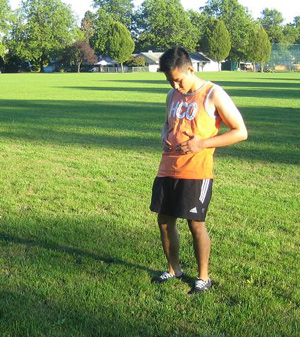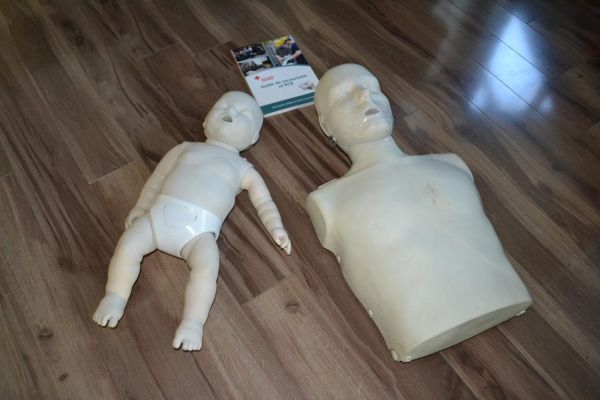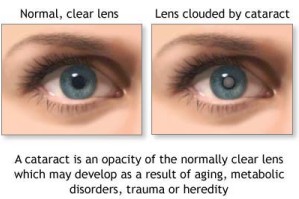Winded (Solar Plexus Syndrome)
What is the strange condition? What if somebody hits you at the abdomen forcefully? You would obviously be out of breath or say -it would be difficult for you to breathe. When a direct blow to your abdomen causes you to lose breath due to injury to solar plexus aka celiac plexus (a network of […]
Winded (Solar Plexus Syndrome) Read More »









